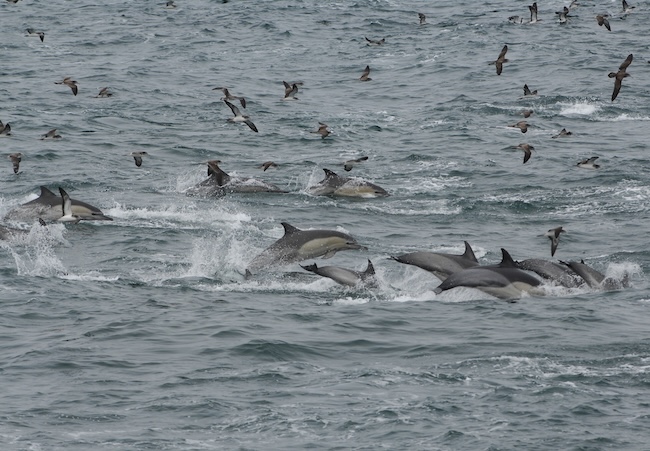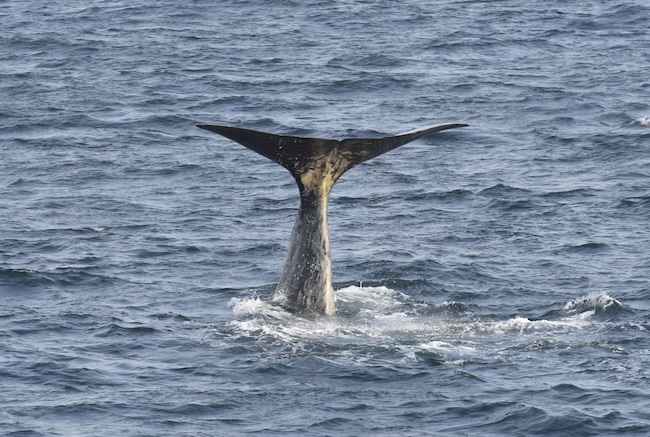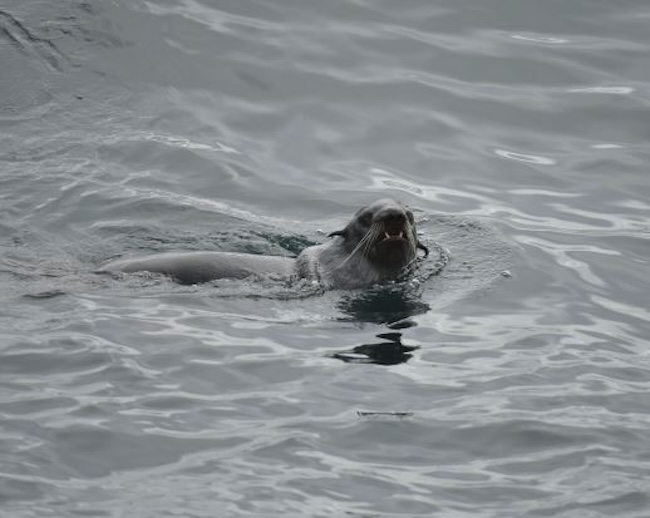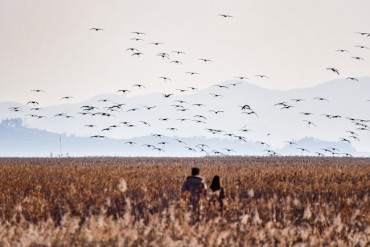BUSAN, Jan. 18 (Korea Bizwire) — Recent research by the National Institute of Fisheries Science in South Korea has revealed a significant presence of previously endangered whale species in the country’s waters.
The findings, announced on January 17, indicate that about 50 fin whales and over 100 sperm whales, both internationally recognized as endangered species, inhabit the East Sea.
These whale species, which were once commonly found in Korean waters, faced the threat of extinction in the 1970s due to excessive whaling. The last captures of fin and sperm whales in Korea were recorded in 1980 and 1937, respectively.
An official from the National Institute of Fisheries Science commented, “It’s been 30 to 40 years since whaling was banned, and designating these whales as protected species has likely led to an increase in their populations compared to the past.”
The study also shed light on the porpoise population along the southwestern coast, a detail previously uncharted. The area between Taean in South Chungcheong Province and Jindo in South Jeolla Province is now known to host about 4,500 porpoises.
Additionally, the waters of Korea are home to approximately 40,000 Pacific white-sided dolphins and about 700 minke whales. Other species like seals and Risso’s dolphins also inhabit Korean seas.
The National Institute of Fisheries Science continues to assess the population and distribution of marine mammals like whales in the seas of the coast of Korea. Starting this year, the institute plans to expand ship surveys and introduce aerial surveys in the East Sea to gain a clearer understanding of whale distribution.
An official from the institute also stated plans to intensify surveys on species like the spotted seal, increasing the annual count from two to four, and to initiate new investigations into the seal populations in the East Sea.
Image credit: the National Institute of Fisheries Science / photonews@koreabizwire.com









